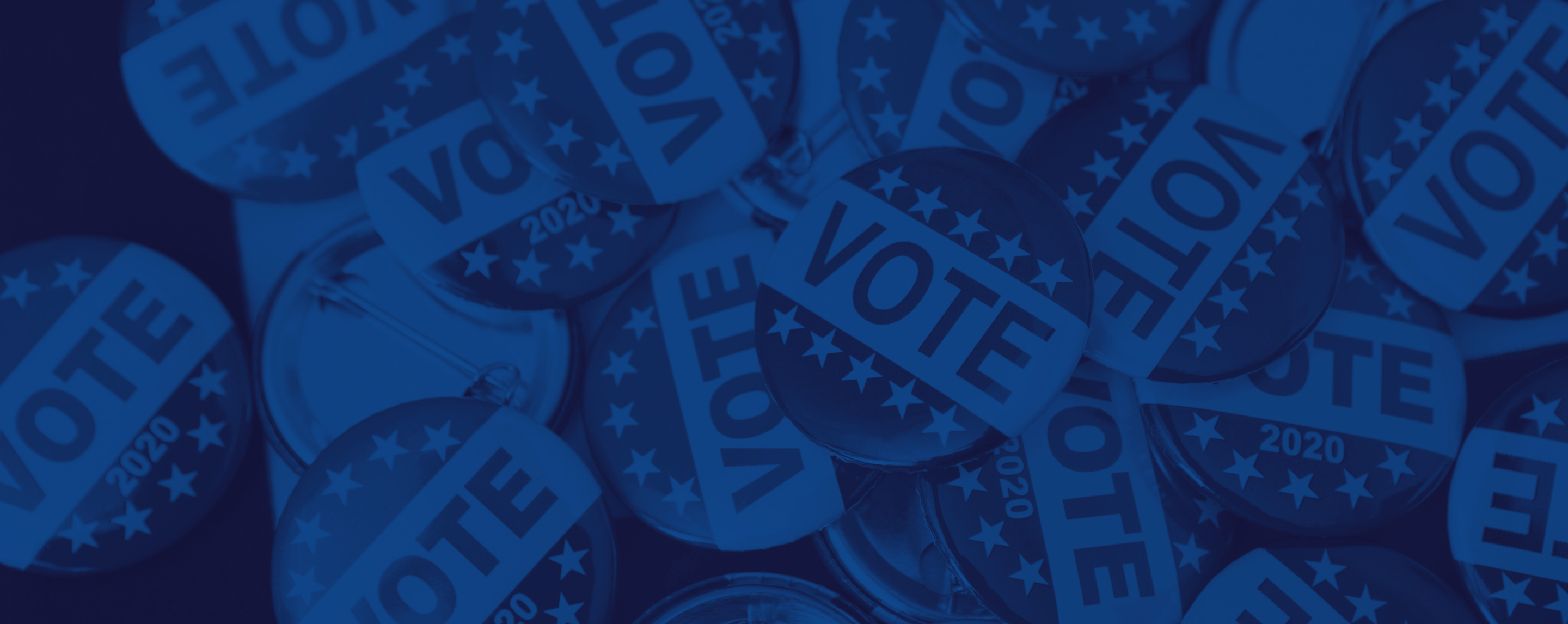The 2024 election just reached new territory with President Biden’s decision to end his campaign for another term. He has endorsed his running mate, Vice President Kamala Harris, and she’s working to shore up the nomination. Every media company has questions, concerns and challenges ahead. So, what can radio do right now to adapt to this new horizon of political advertising?
We talked to our experts to compile these action items.
Update Your Media Kit as New Media Buyers Enter the Game
First, stations should update their media kits with coverage maps and available programming. A new media buyer may not be in control of spending for your market. Do the same with your O&O (owned and operated) inventory.
In addition to radio and O&O, you should highlight the digital advertising capabilities available to reach your station’s demographics and beyond. If advertisers can buy radio, O&O and digital from one seller, it will save them time and effort. Be sure your digital advertising platform can serve political ads compliantly. It is a restricted category, which means there are DSP (demand-side platform) rules.
Double Check Orders on the Books for 60 Days Prior to the Election
If you’ve already booked spots, it’s time to review them for compliance with the lowest unit rate (LUR), which applies to candidates. It includes any advertising sold to the candidate within 60 days before the general election. The price they receive must be the lowest unit rate in any class of advertising. They get to benefit from volume discounts regardless of the amount of ad time they purchase. As a result, for radio spots, you must:
- Make all discount rates and special offers available to all candidates.
- Maintain a political file that documents rate changes and terms and conditions.
You can do this effectively with a rate analysis tool in your traffic system.
Coordinate Coverage for the Potential Influx of Inquiries
Who on your sales team or staff can readily discuss political spots? Now is the time to bring together those with access to your station’s political file. Coordinate coverage during business hours, and make sure front desk staff are also aware of this.
Stations should ensure that every employee (even temporary or substitute employees) who will engage with members of the public knows the location of the public file and the procedures for reviewing it. Members of the public asking to view the file should not have to wait until someone from “management” is available to be there.
Having a strategic plan for this streamlines the process and ensures you’re ready to take orders.
Determine If the Hundreds of Millions of Fundraising Dollars Are in Play for Your Market
If Vice President Harris becomes the nominee, she will gain access to around $100 million raised by the Biden-Harris campaign. Additionally, ActBlue raised $81 million in 24 hours after the Harris campaign launched. These dollars will go toward traditional TV buys, but radio and local digital advertising can also gain here.
Where will the spending filter to on the local level? It depends on how new projections form around swing states.
Do the Democrats think they have a greater shot at some battleground states? Will Republicans change their game plan?
Analysts believe this could guide funding in states like Georgia and Virginia. If your state is now much more competitive, your radio inventory could become a hot target.
Consider the Angles of Gaining Ad Dollars from Preempted TV Advertisers
The opportunity here doesn’t relate directly to political advertising. Rather, this is a strategy to discern what advertisers may do in response to local TV’s preemption. There’s a good chance that the months leading up to the election will be a political ad frenzy. Rolling of preemptions and the offer of makegoods will repeat week after week, leaving non-political ad buyers upset and ready to jump ship.
Salespeople can begin this discussion by simply asking, “How much of your TV schedule isn’t running this month because of political ads?”
They should be scrutinizing their TV buys and should be skeptical of promises of upgrades, which really mean indefinite preemptions.
In many cases, local TV will run out of inventory with both candidate and PAC (political action committee) buys.
You should also engage the sales team to take these steps.
Key Action Items to Capture TV Spending from Preempted Advertisers
- Instruct your sales team to watch broadcast TV stations and define a list of advertisers they see. It can provide good insight into what businesses may get the short stick.
- Create radio and CTV streaming ad campaigns as an alternative for these advertisers. Be sure to advise them that research revealed that combining radio and CTV fills the gaps of declining linear TV reach.
- Keep new business development on course. TV stations basically abandon this during peak political, and radio can pick up the banner here.
- Talk to advertisers about crucial holiday shopping ad purchases. Analysts are predicting a 5% year-over-year increase. Additionally, nearly a quarter of consumers will begin shopping in August, with another third by September and the rest by October. It’s crucial for your advertisers to get spots booked now and to see radio as the natural successor and provider of greater reach than broadcast TV.
Adapt Now to the Changing Political Advertising Tide
Radio has some huge opportunities with this latest political advertising shakeup. Now is the time to be tactical and strategic. Start with these recommendations and pivots to get your fair share.
Find more resources on our local political advertising toolbox page.






